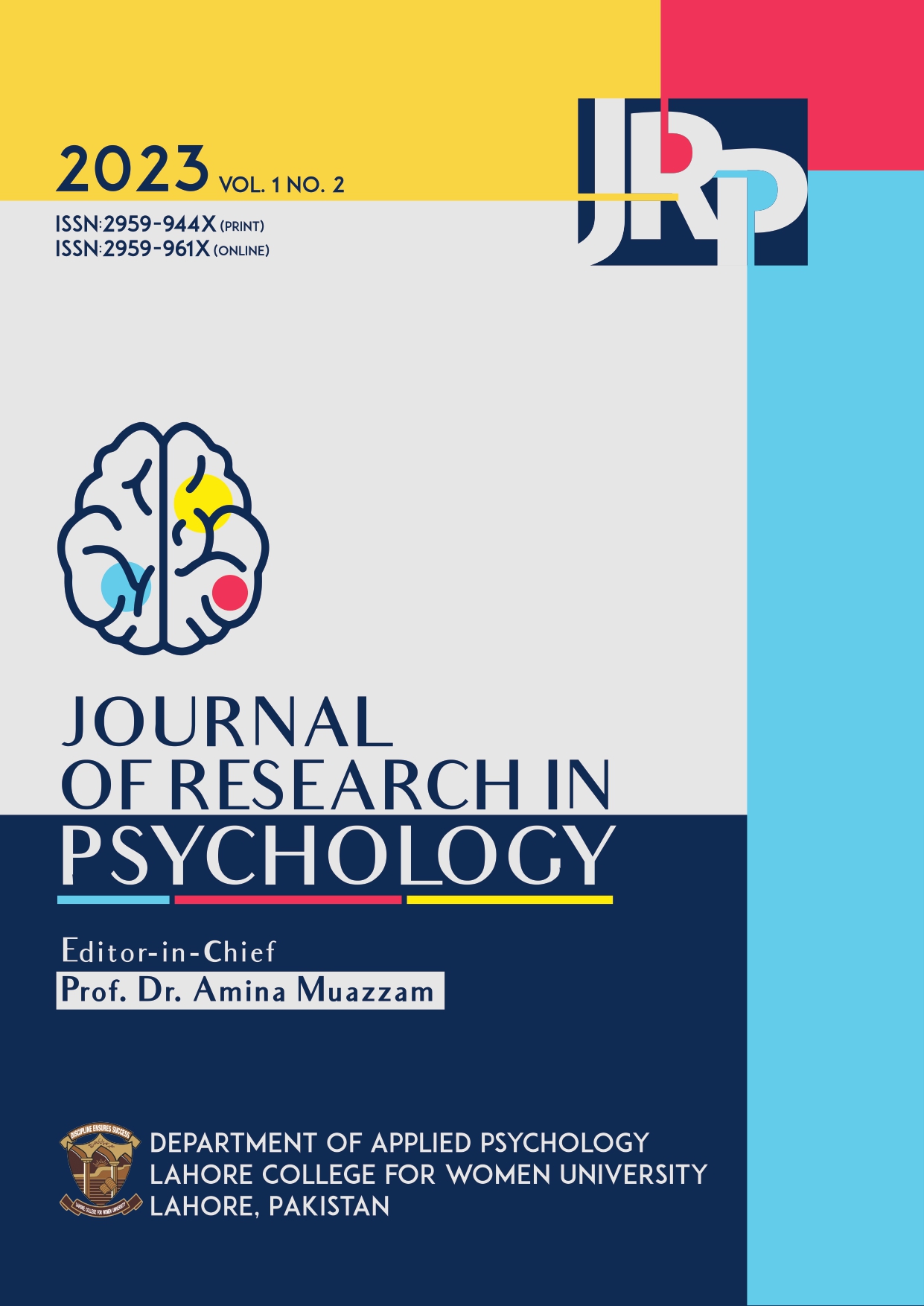Submissions
Submission Preparation Checklist
As part of the submission process, authors are required to check off their submission's compliance with all of the following items, and submissions may be returned to authors that do not adhere to these guidelines.- The manuscript is original and it has not been published before and is not being considered for publication in any other journal.
- The submission file is prepared in Microsoft Word file docs (or .doc).
- Two separate files must be prepared: 1. Manuscript including abstract, introduction, results along with table and figures, discussion, and references; 2. Title page with title, header, authors’ names and affiliations including ORCID ID, declarations, and acknowledgements.
- The text is single-spaced; uses a 12-point font; and all illustrations, figures, and tables are placed within the text at the appropriate points, rather than at the end.
- One author must be designated as the corresponding author of the manuscript with full details including email address, affiliation, phone number and postal address.
- The manuscript must be following the writing and referencing style of APA (7th edition). The reference list should match within text/in-text citations.
- Research has received ethical approval from the relevant ethical committees of the institution where the research was carried out. Ethics statement with research ethics and integrity details must appear at the end of the method section in all manuscripts.
- Permission should have been obtained for the use of copyrighted material (in-print or internet sources).
- The author(s) must not mention their name and affiliation in the main text.
- A conflict-of-interest statement should be submitted by the author(s).
- A plagiarism report generated through Turnitin (less than 19%) should be submitted along with the manuscript. The plagiarism should be less than 19% as per the HEC plagiarism policy.
- The contribution statement of each author should be submitted by the corresponding author in a separate Word file.
- An authorship certificate signed by all authors or by the corresponding author on behalf of all other co-authors should be submitted at the time of submission.
Articles
Section default policy
Copyright Notice
The work is licensed under a Creative Commons Attribution 4.0 International License.
Privacy Statement
The names and email addresses entered in this journal site will be used exclusively for the stated purposes of this journal and will not be made available for any other purpose or to any other party.

 Print ISSN: 2959-944X
Print ISSN: 2959-944X


